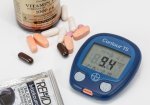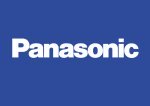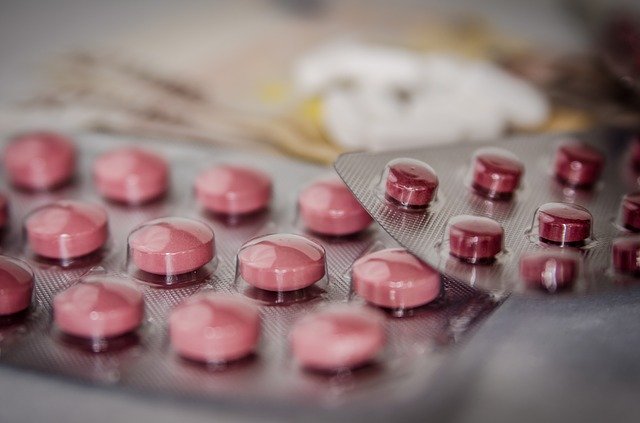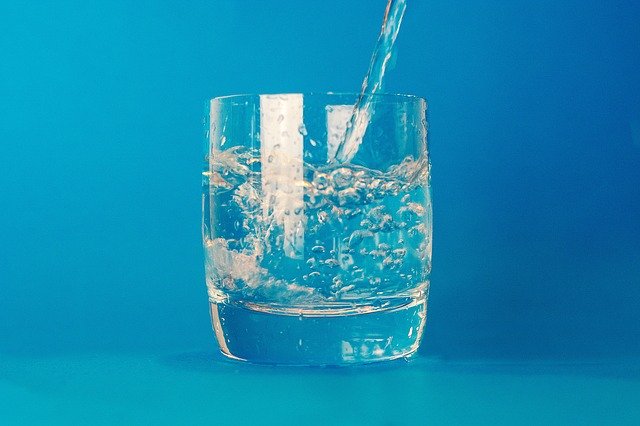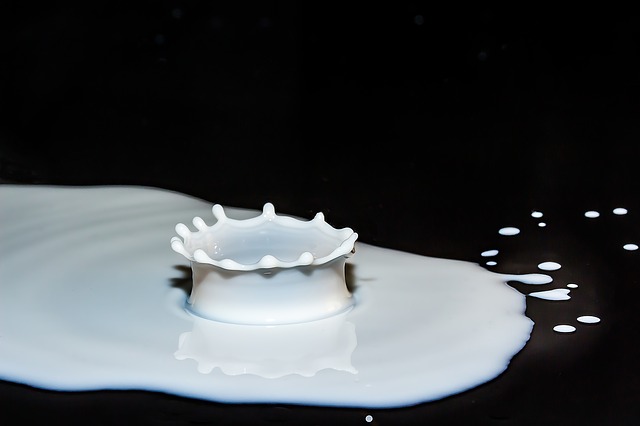Renovascular Hypertension

Renovascular hypertension occurs in a subset of secondary hypertension patients. Unlike pulmonary hypertension whose causes are not known, the causes of renovascular high blood pressure are identifiable and will be covered in detail later in this article. Suffice to say the disease is essentially due to a narrowing of the arteries that carry blood to the kidneys.
Renovascular high blood pressure has come to be a main cause of end-stage renal disease more so in the elderly members of society. This entails that as a population ages the number of renovascular high blood pressure cases will go on the rise. This will also mean an increase in end-stage renal disease. A cross section of people can suffer from the disorder this includes especially white males, male and female Africa-Americans and people of African origin. These are particularly at a higher risk of the disease.
Renovascular Hypertension Causes
The causes of renovscular high blood pressure as mentioned above are known and lies in the body's own mechanism to deal with narrowed arteries that carry blood to the kidneys. This mechanism works in such a way that when the renal arteries are narrowed the kidneys induce a release of hormones that result in the body maintaining salt and retaining water. This is a mistaken assumption by your body that you are suffering from low blood pressure because blood is not flowing normally through the arteries going to the kidneys. By retaining water and salt blood pressure volume increases elevating blood pressure.
The narrowing or blockage of the arteries that carry blood to the kidneys is medically known as renal artery stenosis. High cholesterol has been seen to have a hand in the occurrence of renal artery stenosis which leads to renovascular hypertension. Cholesterol hardens the arteries when plaque accumulates in the inner lining of the arteries. This sticky and fatty substance called plaque may even block the kidney artery thus going a step further than just narrowing it.
This hardening of the artery walls medically known as atherosclerosis is the most dominant cause of renovascular hypertension affecting about two-thirds of patients and predominant in patients over the age of 50. Another cause of renovascular high blood pressure is fibromuscular dysplasia. This also leads to the hardening and narrowing of renal arteries. Fibromuscular dysplasia includes a group of conditions in which fibrous or muscular proliferation results in a variety of morphological renal artery narrowings. As intimidating as it might sound due to the strong medical terms, in essence fibromuscular dysplasia involves the abnormal growth or development of cells in the artery walls of arteries connecting to the kidneys.
Risk factors for renovascular hypertension are as follows;
- Age advancement
- Tobacco smoking
- Diabetes
- High blood pressure
- High cholesterol
- Alcohol use (heavy)
- Cocaine abuse
Renovascular Hypertension Symptoms
Primary essential hypertension as well as secondary hypertension symptoms are usually missing in most cases. This is fundamentally the reason why high blood pressure has been termed a 'silent killer'. The condition is notoriously asymptomatic until it reaches an advanced stage at which stage intervention must take place at once to avoid serious damage and even death. Occasionally people with renovascular high blood pressure may suffer a mild headache.
Other key considerations as far as hypertension warning signs of renovascular high blood pressure are concerned will include irregular heart beat, nose bleeding and pulmonary edema amongst many others summarized below. Further examination must be carried out if a patient's hypertension is accelerated or if hypertension is resistant or if controlling high blood pressure is difficult. The following is a list of renovascular hypertension symptoms;
- Onset of hypertension at younger than 30 years or after age 50
- Kidney is atrophic or there is discrepancy in renal sizes
- Pulmonary edema
- Urine tainted with blood
- Ear or nose buzzing
- Nose bleeding
- Confusion
- Vision changes
- Irregular heart beat - can be detected by some blood pressure monitors
- Nausea and vomiting
- Anxiety
- Chest pain
- Excessive perspiration
Renovascular Hypertension Diagnosis
Confirming the diagnosis of renovascular high blood pressure generally involves both biochemical workup and imaging studies. Biochemical approach detects eleveated levels of plasma renin activity. Doctors collect samples for diagnosis using this method after the administration of ACE inhibitors. ACE inhibitors are well known anti-hypertensive drugs. This type of test is only useful in patients without impaired renal function.
Renal scintigraphy is the most widely accepted non-invasive imaging test. It uses intravenous administration of a radioactive isotope to evaluate the degree of renal uptake before and after administration of a particular ACE inhibitor. This imaging test can show using an imaging the exact location of renal artery narrowing or damage. This gives doctors a better chance of treatment even through bypass surgery.
Renovascular Hypertension Treatment
Doctors recognize that renovascular high blood pressure is a complex disorder. There are many treatment options available which are dependent on specific issues namely type, location, extent of disease including the possible presence of other concomitant vascular or non-vascular diseases.
Renovascular high blood pressure experts recommend a treatment goal of reducing blood pressure numbers to 130/85mmHg regardless of choice of therapy. This is thought to effectively prevent the development of hypertension nephrosclerosis or the progression of renal disease. Other treatment approaches includes lifestyle changes such as quitting smoking, weight loss, hypertension diet and salt intake reduction. Doctors may also perform surgical treatments such as endarterectomy, bypass and nephrectomy. The following are factors affecting clinical success of particular treatment therapies
- Age
- Diabetes
- Kidney size
- Lipid metabolism and diet
- Smoking history
- Duration and severity of hypertension
Renovsacular high blood pressure complications may include;
- Early death
- Heart disease
- Congestive heart failure
- Stroke
- Retinopathy
- Renal failure
- Myocardial infarction
Return to Causes of High Blood Pressure from Renovascular Hypertension
Return to High Blood Pressure Home from Renovascular Hypertension
Disclaimer
Information contained on this website is not meant to replace your doctor's advice.
(c) All Rights Reserved. 2010-2018
